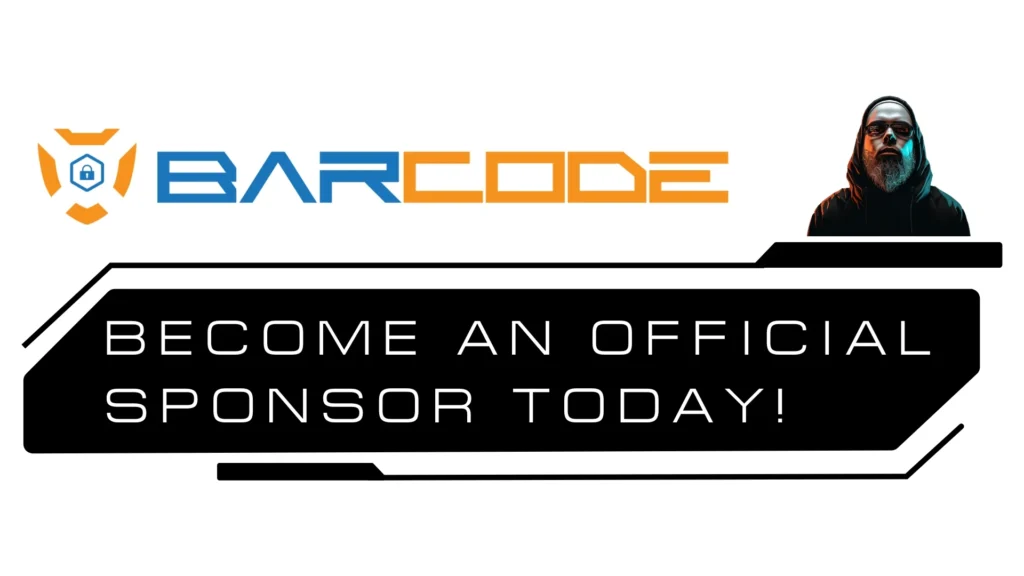Tammy Klotz is an award-winning technology leader and seasoned Chief Information Security Officer (CISO) with extensive experience in transforming cybersecurity programs for multinational manufacturing companies. Beginning her career in internal audit, Klotz transitioned into cybersecurity, holding leadership roles at major firms like Air Products, Covanta Energy, and now Trinseo. She is the author of Leading with Empathy and Grace: Secrets to Developing High-Performing Teams, where she share…






